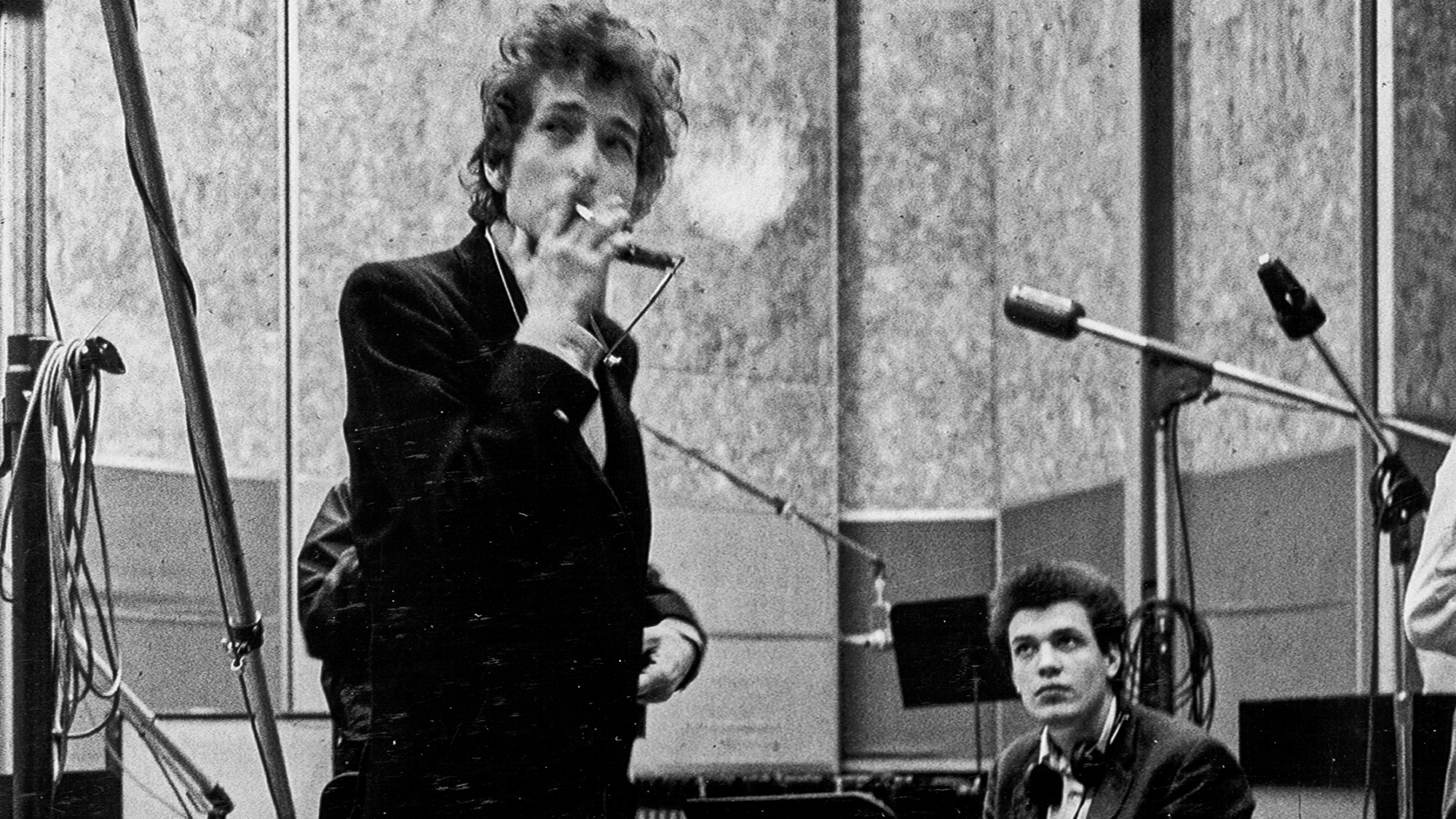Six Pioneering Effects Builders of the 1970s
From Screaming Birds to Purple Peakers, we take a look at some of the eras grooviest stompboxes.

They say size doesn’t matter, but back in the ‘70s it clearly did.
Big Muffs and enormous flangers aside, it was a time of great experimentation – when pioneering effects pedal builders were busy constructing the next… well, big thing.
So slink into a baseball jersey, snap on some puka shells, put on your silver platforms and join us for a journey back in time as we revisit half a dozen megalithic stompbox builders of the '70s.
1) Seamoon
Made in Berkeley, California, Seamoon's Funk Machine and Studio Phase look suspiciously like precursors of ADA's Flanger and Final Phase. The truth is, Oakland-based ADA designed several pedals for them.
Seamoon offered a full line of effects including the Fresh Fuzz, a crunchy-sounding distortion device.
Early Studio Phase ads boasted an effect that was 720 degrees out of phase, and later they doubled that spec to a whopping 1440 degrees.
Using that logic, it must have sounded 16 times better than MXR's Phase 90.
All the latest guitar news, interviews, lessons, reviews, deals and more, direct to your inbox!
2) Mu-Tron
For a brief period Mu-Tron/Musitronics ruled the effects realm. Their products were spotted on many band's stages.
Heck, they were so huge, how could you miss them?
Some models, like the Mu-Tron III envelope follower and Phasor II, worked and sounded great, but others, like the Micro V envelope follower and Octave Divider, weren't as happening.
The Bi-Phase, which was itself the size of a small pedalboard, ranks as one of the largest phase shifters ever made.
3) Tychobrahe
Shipped in wooden crates, the Tycobrahe Parapedal, Pedalflanger and Octavia, a fuzz/octave divider pedal that provided an octave-up effect, are fondly remembered by many guitarists, but no one seems to recall how they sound.
The company was here and gone faster than you could say “Roger Mayer,” and only small amounts were produced.
Why'd the company go out of business? We're not sure, but we bet that those expensive full-color spreads in GP had something to do with it.
4) Electro-Harmonix
Electro-Harmonix introduced cool-sounding, affordable effects like the Small Stone phase shifter, Big Muff fuzz/distortion and Deluxe Memory Man delay.
Their products had imaginative names like Ego Mic Booster, Mole Bass Booster and Screaming Bird, which was described as "a treble booster that will give your instrument the razor-sharp bite of a screeching harpsichord whose strings are being whipped instead of plucked."
If you think about it, would that really sound very good?
Maybe, yeah.
5) Dan Armstrong
Bucking the trend of oversized floor pedals were the similarly blockish Dan Armstrong units.
The Purple Peaker, Red Ranger, Blue Clipper, Yellow Humper, Green Ringer and Orange Squeezer were goofy little effects boxes that plugged directly into the output jack of your electric guitar.
The Orange Squeezer's smooth, natural compression was a hit with studio players, and if you so desired, you could stack 'em all together like a big prong.
Oooosh...
6) Morley
These guys made some of the honkin'est pedals of all time. The EVO-1 Echo Volume was an immense oilcan delay unit that used a rotating metallic disc instead of a tape loop.
Morley made lots of different models, including the Auto Wah, Volume Phaser, Fuzz Wah and the Rotating Speaker.
Their wackiest pedals, the Electro-PIK series (PPA PIK-Percussion, ACV PIK-Attack and PKW PIK-A-Wah), utilized an electric pick tethered by wire to the guitar cord.
All featured AC operation (for quick electrocution when doused with beer) and Morley's opto-sensor circuitry that eliminated troublesome, noisy pots.
